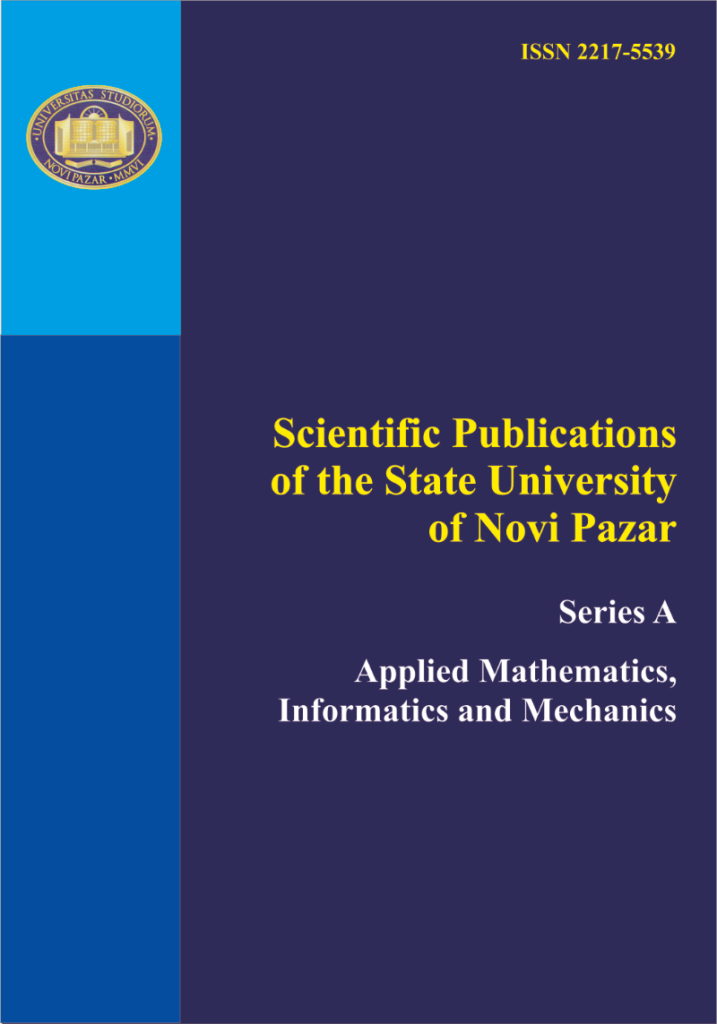
Unexpected Irreversible Changes of Photodiode Structure due to Multiple Gamma Irradiation
Authors: D. Nikolić, A. Vasić, E. Dolićanin, K. Stanković, P. Osmokrović
Keywords: photodiode, gamma radiation, U-I characteristic, irreversible changes
Abstract:
We have studied the influence of gamma radiation on the structure of the photodiode and its current. Fifty-five photodiodes have been irradiated twice, the first dose of 2000 Gy and then a dose of 5000Gy. U-I characteristics of each photodiode have been measured several times, before the radiation, between the radiation and after radiation and presented on the same diagram. These diagrams show the influence of gamma radiation on photodiodes. The results show that gamma irradiation reduces the current of photodiode. After some time photodiodes have been recovered from the effects of radiation, but not completely. Some time after the second irradiation some unusual changes in photodiode current have been observed. Because of these two doses of radiation, the current of photodiodes have been reduced by 14-17 %.
References:
[1] M. B. El-Mashade, M. Ashry, Sh. M. Eladl, M. S. Rageh, Experimental Measurements of Some Optoelectronic Devices Before and after Gamma IrradiationJournal of Microwaves and Optoelectronic, 3 (Oct 2004) 1-12.
[2] W. W. Moses, S. E. Derenzo, C. L. Melcher and R. A. Menente,it LuAlO3:Ce – a high density, high speed scintillator for gamma detection IEEE Trans. on Nucl. Sci. 42 (1995) 597-600.
[3] Z. D. Kovalyuk, V. N. Katerynchuk, O. A. Politanska, O. N. Sydor and V. V. Khomyak,Effect of gamma radiation on the properties of InSe photodiodes Technical Physics Letters, 31 (2005) 359-360.
[4] Mardi C. Hastings, Betty Lise Anderson, Bornain Chiu and David E. Holcomb, Effects of gamma radiation on high-power infrared and visible laser diodes IEEE Trans. Nucl. Sci. 43 (1996) 2141-2149.
[5] D. Sporea, A. Sporea, I. Vata, Compartive study og gamma-ray and neutron irradiated laser diodes, International Conference on Applications of Photonic Technology, Ottawa ON, CANADA, 2007, vol. 6796 (2), 67962R.1-67962R.11
[6] C. F. G. Delaney, E. C. Finch, Radiation Detectors Physical Principles and Applications, Oxford Univ. Press, New York, 1992.
[7] M. Ashry, H. H. Amer, The Implementation of power diode as Gamma rays detectors for law dose rate application, A.M.S.E. Journal, Lyon, France, 2000.
[8] M. Vujisic, K. Stankovic, A. Vasic, Comparison of gamma ray effects on eproms and eeproms , Nucl. Technol. Radiat. Prot. 24 (2009) 61-67.
[9] K. Stankovic, M. Vujisic, E. Dolicanin, Reliability of semiconductor and gas-filled diodes for over-voltage protection exposed to ionizing radiation, Nucl. Technol. Radiat. Prot. 24 (2009) 132-137.
[10] T. Takagi and J. Noda,Gamma-Ray Irradiation Effects in Light-Emitting Diodes and Photodiodes for Fiber Optics, IEEE Trans. Nucl. Sci. 32 (1985) 4453-4459.
[11] C. E. Barnes, The effects of radiation on optoelectronic devices, Proc. SPIE Fiber Optics in Adverse Enviroments, 721 (1986) pp. 18-25.
[12] Heidi N. Becker, Tetsuo F. Miyahira and Allan H. Johnson, The Influence of Structural Characteristics on the Response of Silicon Avalanche Photodiodes to Proton Irradiation, IEEE Trans. Nucl. Sci. 50 (2003) 1974-1981.
[13] K. Stankovic, M. Vujisic, Influence of radiation energy and angle of incidence on the uncertainty in measurements by GM counters, Nucl. Technol. Radiat. Prot. 23 (2008) 41-42.
[14] S. Aleksić, A. Jaksić, M.M. Pejovic, Repeating of positive and negative high electric field stress and corresponding thermal post-stress annealing of the n-channel power VDMOSFETs, Solid State Electron., 52 (2008) 1197-1201.